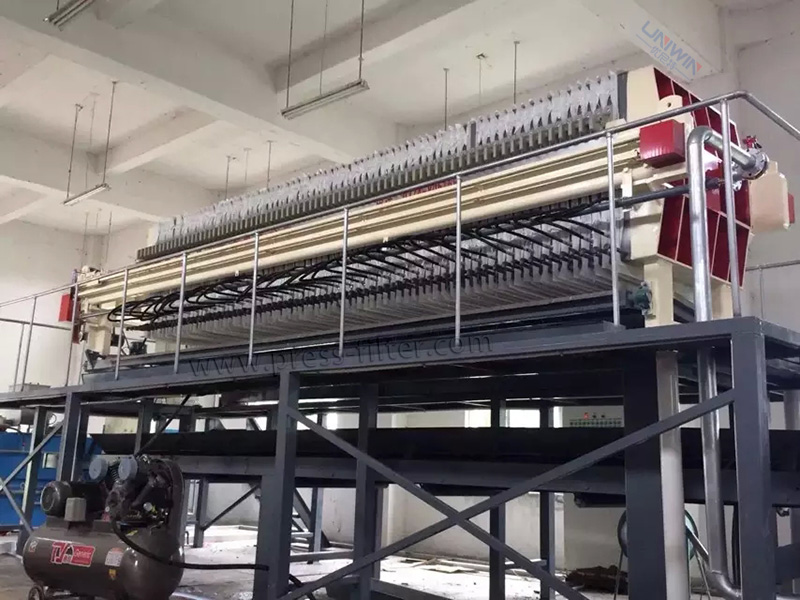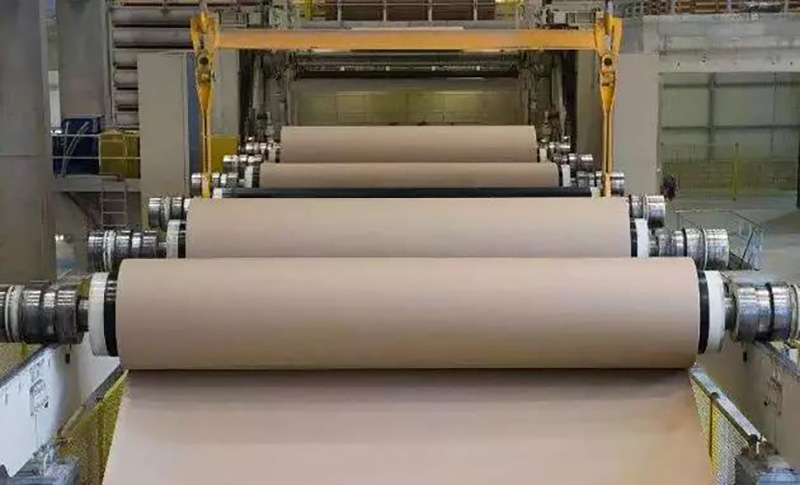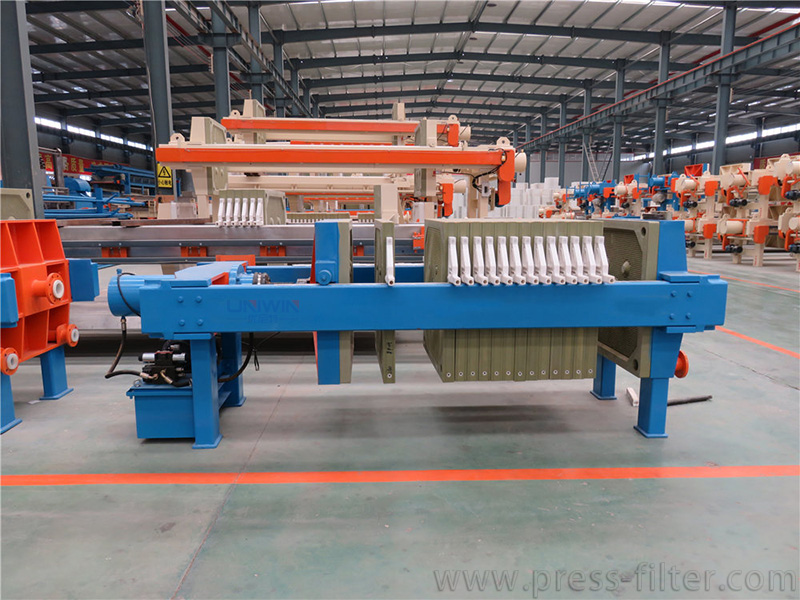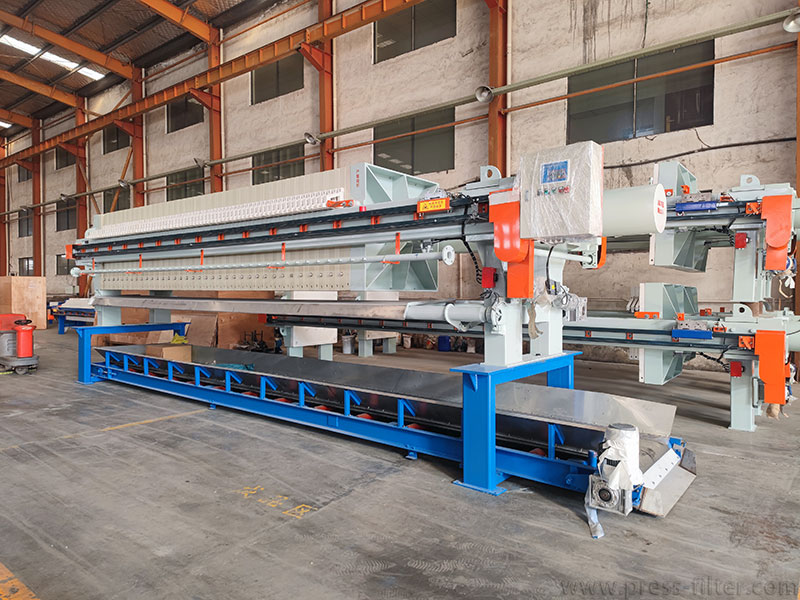Membrane filter press application in the papermaking industry
The development of the papermaking industry produces a large amount of sewage, which needs to be treated before being discharged. This article will introduce the application of the membrane filter press in the treatment of papermaking sewage, which has achieved a significant filtering effect.

The development of the papermaking industry
In recent years, with the continuous development of the paper industry, it has become one of the basic industries in our country. It occupies an important position in the entire national economy. The effective production capacity of China’s paper industry has been growing continuously since 1990, especially since 1995. In recent years, especially since 2012, the main varieties that have experienced a large increase in production volume include newsprint, lightweight coated paper, coated paper, coated whiteboard, containerboard, corrugated base paper, etc.

Properties and Characteristics of papermaking sludge
The main component of papermaking sludge is organic matter, which is perishable and smelly, with fine particles, small specific gravity, colloidal structure, high moisture content, not easy to dehydrate, and poor fluidity. According to the properties of the sludge in the papermaking process, it can be roughly divided into deinking sludge, primary sludge, biochemical sludge, and chemical sludge.
Compared with the sludge produced by municipal sewage, papermaking sludge has higher fiber content and better dehydration performance, so the amount of flocculation required is relatively small. The amount of mud produced is relatively large.
In the face of the huge market demand of China’s paper industry, the application of membrane filter press in the paper industry has solved the urgent need. Because the membrane filter press is safe and reliable in the paper industry, it has become the most concerned and recognized product at present.
Membrane filter press working principle
The diaphragm filter press is conveyed by the sludge feed pump, and the conditioned sludge is input into the filter chamber at high pressure. The sludge passes through the filter cloth, and the filtrate seeps out of the filter cloth while the solid is intercepted on the filter cloth.
The membrane filter press performs secondary drying to press the filter cake and uses the tension of the membrane plate to squeeze the sludge. When the filter cake fills each filter chamber, stop the sludge feed pump and close the feed valve automatically. The high-pressure centrifugal pump provides high-pressure water, high-pressure liquid, or gas, which is passed into each filter chamber through the pipeline to make the inside of the diaphragm plate bulge. The space of the filter chamber gradually becomes smaller, and the water in the filter cake is squeezed out again, and the filter cake is squeezed again to concentrate.
Further, inject 0.75M Pa compressed air to blow away the water in the filter cake and the water in the feed center tube through back blowing so that the water in the filter cake in the entire filter chamber can be further removed, reducing the filter cake moisture content.

Key parameters of membrane filter press application
The moisture content of incoming mud
The moisture content of the sludge entering the membrane filter press should be manageable because an excessively high sludge moisture content will increase the difficulty of conditioning. Under normal circumstances, the moisture content of the sludge should not be higher than 98% before entering the filter press.
Amount of solid sludge
The amount of solid sludge treated by the membrane filter press at a single time is basically kept constant. In the process of feeding once, the actual solid sludge amount is allowed to range from 85% to 100% of the designed solid sludge amount, but it must be at least the minimum value.3.
Squeeze pressure.
The membrane plate of the membrane filter press is generally composed of TPE elastomer, reinforced polypropylene, and other materials. It has the function of resisting high temperature and high pressure. If the squeezing pressure cannot reach a certain value, the membrane cannot be fully opened, which will affect the sludge dehydration effect, so the squeezing pressure should generally not be lower than 1 MPa.
Conclusion
The use of a membrane filter press has the advantages of high-pressure resistance, good corrosion resistance, and convenient maintenance. Using filter press dehydration technology to treat pulp and paper sludge, the dryness of the sludge can reach more than 50%, and it can be directly sent to the organic fertilizer factory. Composting and fermentation are carried out to produce organic fertilizer, which realizes comprehensive utilization and safe disposal.


